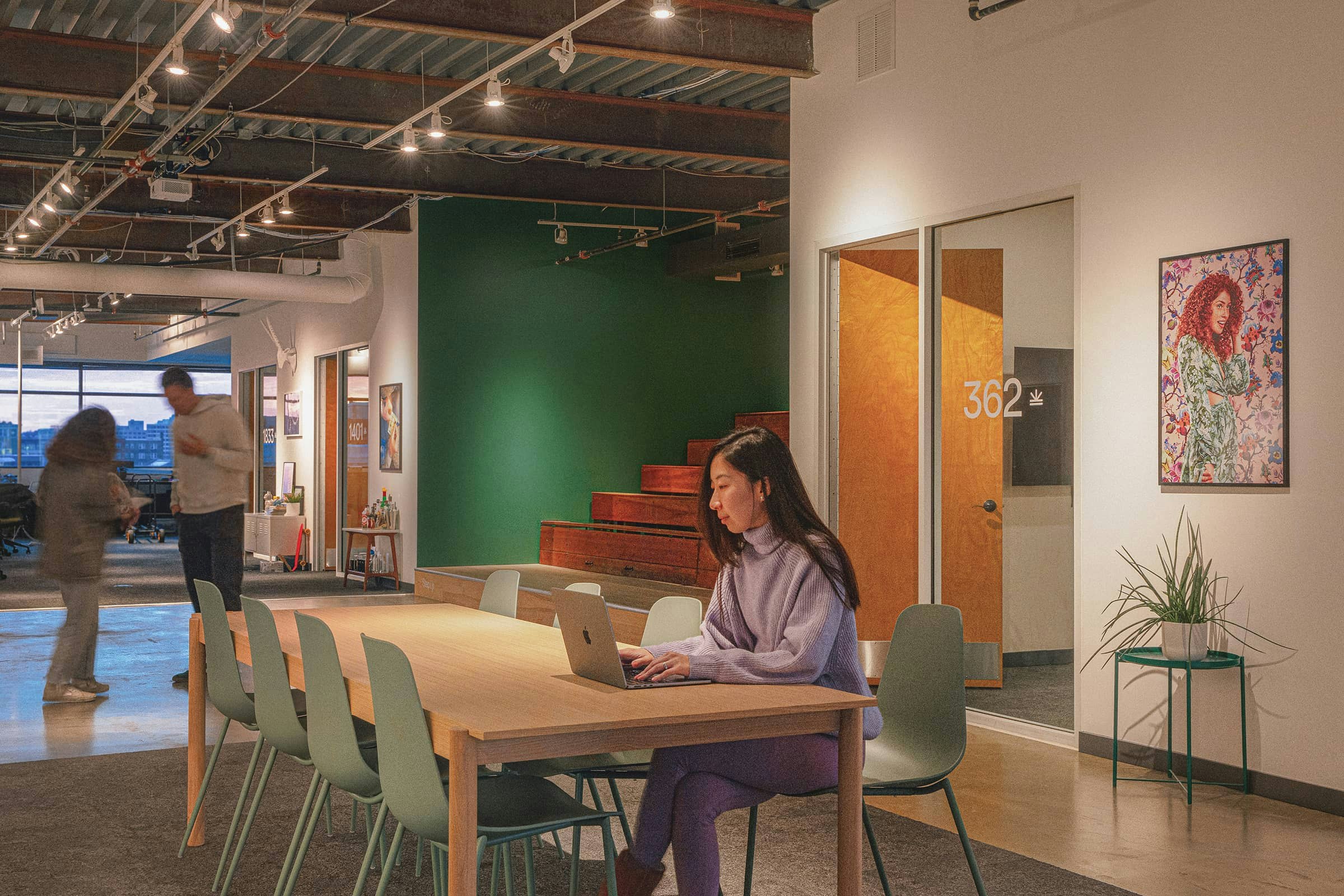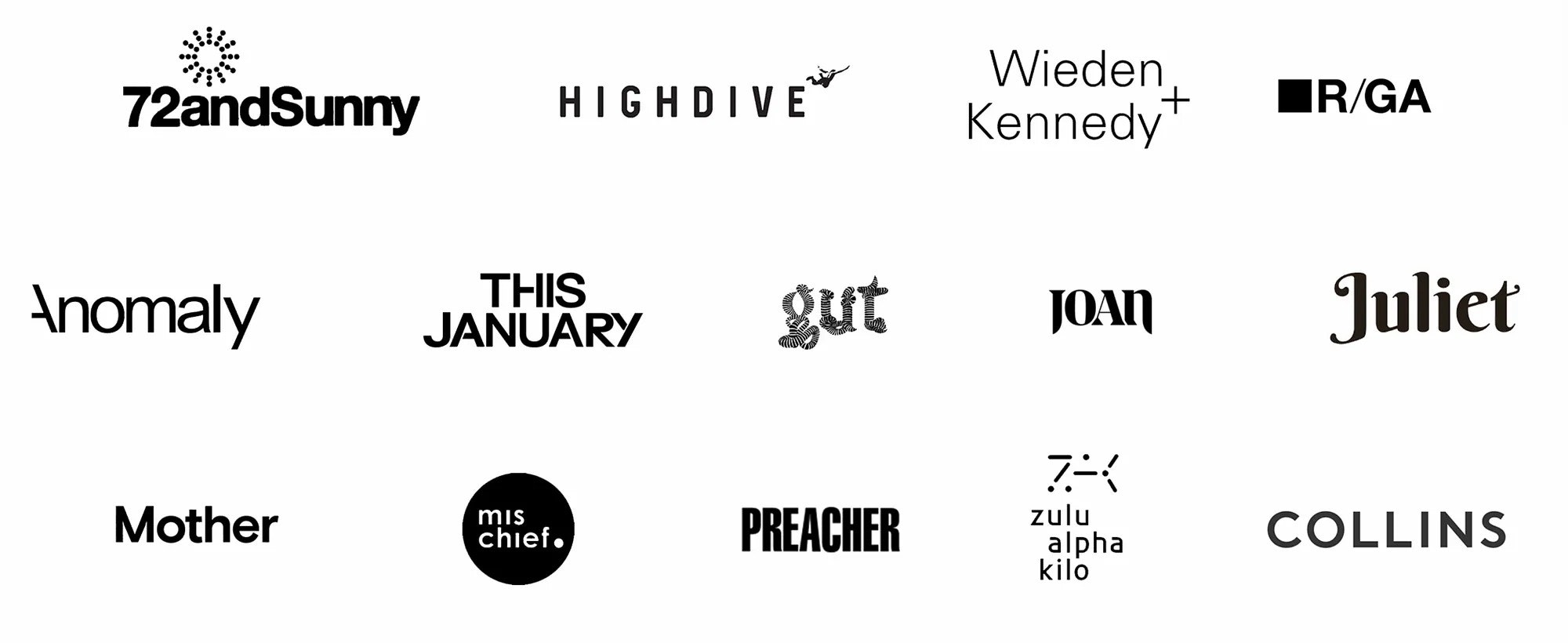The best way to hire a creative agency… love, your creative agency

The relationship with your creative agency (or marketing agency, or ad agency — whatever we’re calling ourselves on this fine Wednesday) is not unlike a relationship with a romantic partner: It’s hard to find one. And even harder to find a good one.
This series aims to demystify the process of hiring and working with creative agencies — from the agency’s perspective.
Part I, The Best Way to Hire a Creative Agency ⬅ you are here
Part II, Getting the Most From Your Creative Agency (coming soon)
Part III, How AI Will Shape Tomorrow’s Creative Agencies (coming soon)

Before we begin, a note on agency size. We spent years inside the halls of the big, four-letter, holding-company-owned agencies before starting our own independent agency called This January.
We could (and will at a future date!) write a mathematical proof demonstrating the superiority of independent agencies to be an unassailable fact. But for the time being, just know that when you hire a holding company-owned agency, you usually get a senior pitch followed by a junior team with all players being hen-pecked by centralized finance departments to bill more hours. Our recommendations here are geared more toward pitches for independent agencies like the ones above (who we greatly admire).
In short, our five recommendations:
- Don’t conduct a huge RFP process that takes weeks of work and hundreds of hours. It won’t net the best agency, or the best relationship.
- Do spin up a thorough interview process that involves multiple meetings with both agency leaders and the wider agency team who will work on the account.
- Don’t ask for spec creative. Do ask for work examples. Spec isn’t not the way to get thoughtful work, and you’ll be won over by pizzaz (not deep thinking and collaboration). Ask to see the agency’s early process documents instead.
- Don’t feel pressured to sign a multi-year relationship.
- If you’re not sure, start with a small creative development scope.
To RFP, or not to RFP?
When you’re looking for a new agency, should you write an RFP and run a traditional pitch process? Independent agencies everywhere beg you to reconsider.
Pitching is time-consuming, expensive, and disadvantages smaller shops that can’t absolutely pour senior staff hours into the exciting-but-exhausting hunt for new business. Big agencies will put six senior creative teams and two million-dollar ECDs on a pitch who will never work on the actual project.
Plus, think about it: do you want your agency team to be focusing on servicing your account…or pitching to win the next one?

Our Suggestion? Replace the Pitch with an Interview.
Our most fruitful client relationships come from a series of 2–4 Zoom conversations, followed by a client-provided creative brief to inform our proposal. Our clients generally interview a handful of shops, meet the teams, get a capabilities presentation, and ask for a scope. What does this look like?
Call One: Introductions
Both teams introduce ourselves, we spend about 15 minutes hearing about the client’s current challenges, and about 15 minutes telling our story and sharing general capabilities.
Call Two: Intake and Proposal Prep
Our second call is more like an hour, where we’ll intake the client team’s problem and areas of opportunity before we put together a proposal. We’ll come with many questions. We’ll share case studies of previous work, and process documents for similar projects.
After the call, we’ll generally spend about 3–5 hours putting together a proposal, which is certainly a bit of a commitment but nothing too outlandish. We’ll outline how we intend to go about solving the client’s problem, how the process will look, and how much we’ll charge.
Call Three: Proposal Review + Questions
We generally send the proposal via email, and hop on a call a day or two later after the client team has a chance to review. If both teams are local, this meeting is a great meet-and-greet over lunch to go through the proposal together, and check out the agency’s office.
After three calls/meetings, we’ve committed about 7 hours each to the process — a good balance of spending time getting to know each other and come up with a plan of attack together, while not overcommitting resources on either team. At this point we’re generally ready to sign a scope and get started. (Or, they’ve hired someone else.)
What about spec creative?
We certainly do spec creative for a big pitch here and there (probably twice a year). We’re a creative-led shop, so we pride ourselves on making gorgeous spec. And keynotes are our love language. But our best work is grounded in strategy and made together with weekly client collaboration, not dreamed up at midnight because it’ll look flashy in a deck. For pitches, we find ourselves making guesses left and right, which lead to what feels like a house built on sand. Looks beautiful, but may collapse if we stepped inside.
Your actual target audience is way different from our target audience in a pitch — which is you. Agencies pitching make different choices than they would in real life, because the work will never actually have to work. Not a great way to evaluate how agencies attack a problem.
Instead of making faux creative, we love talking prospective clients through examples of our actual work. A first-round strategy + creative deck with five different ideas? The third round deck for that same project with high fidelity comps and a hilarious animatic? We’re dying to click you through it.
Do I have to sign a three-year contract?
Nah. A single project, or a year-long retainer, is a great starting point. It gives both parties a chance to see if the relationship works for them, and re-evaluate together afterward. Easy.
If you’re not sure, start small.
After the interview process, if you’re still not 100% sold on your frontrunner agency, a smaller strategy or creative development scope could be a good first step.
About a third of our big campaigns start as four-week sprints, where we bill only for team time (not production) and dive deep into the client’s actual business problem (not a challenge made up for an RFP). We start with a stakeholder workshop to intake priorities and goals and build consensus among the client-side team. Then, our team does three rounds of real strategy + creative, ending the scope with a ready-to-produce campaign.
This kind of short sprint will give you a solid idea of who you’re working with, how they work, and if it works for you. Then, if it’s working, you can sign on for real — with confidence.
We hope this helps make more and better agency <> client matches. Let us know what you think. We love to debate, discuss, and poke holes 🙂
Questions? Comments? Rants? Reach out at today/at/thisjanuary.com.